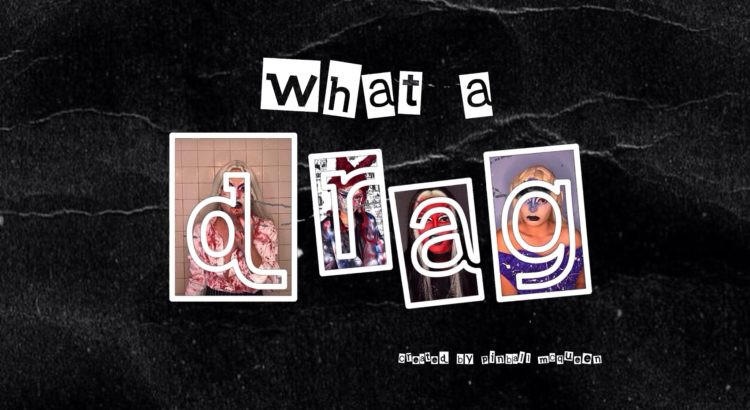Horror movies aren’t exactly well known for their loving depictions of queer people, especially trans women. And yet so much of horror has inspired drag culture and is influenced by queer culture. The inventor of the science fiction genre, Mary Shelley, was likely bisexual, and one of the earliest vampire novels “Carmilla” was an overtly sapphic story. The Bride of Frankenstein featured Dr. Septimus Pretorious, who was very noticeably gay and played by queer actor Ernest Thesiger. The forgotten sequel to Dracula, Dracula’s Daughter, is all about a lesbian vampire who seduced female victims in a very sexual way.
Clearly, the horror genre has its roots in some very queer soil. And modern (or more modern) horror movies were not exactly subtle with their queer-coding and homoerotic undercurrents. 1985’s A Nightmare on Elm Street 2: Freddy’s Revenge could literally be the most gruesome and horrific queer romance of Freddy Krueger and Jesse. Jennifer’s Body, a cult classic, features the bisexual Jennifer Check murdering men and being the gay awakening of so many bi and lesbian women for years to come. 1991’s The Silence of the Lambs of course features Buffalo Bill dissecting women and using their bodies to make a “woman suit” when he is denied sex reassignment surgery. Of course, associating trans women with being gruesome murderers isn’t exactly good representation and overall becomes very dangerous for trans people. But it just illustrates how essential queerness has been to horror for years.
More modern horror movies include slightly less horrible queer representation, such as It Chapter 2 and the new trilogy Fear Street on Netflix. But the inspirations from the older classics clearly make themselves known in drag culture especially. Look no further than the last two seasons of Drag Race, which featured a Freddy Krueger-inspired look from Crystal Methyd (season 12) and a Pinhead from Hellraiser-inspired finale gown courtesy of Gottmik (season 13). Or consider season 4 of Dragula, which had their first challenge of the season as reimagining a horror icon (and featured such icons as Other Mother, the Bride of Frankenstein, and that big marshmallow from the ending of Ghostbusters). Horror movies drew inherently from queerness and drag, and today, queer culture and drag draw so many of their inspirations from those same horror movies.

For myself, this past Halloween I bought far too many little tacks and spent several hours gluing them onto my face to create my own Pinhead-inspired look. As someone who leans more into the horror genre of drag and has a bald head regularly, it only seemed appropriate to finally create a homage to one of the most iconic horror characters.




Leave a Reply
Be the First to Comment!